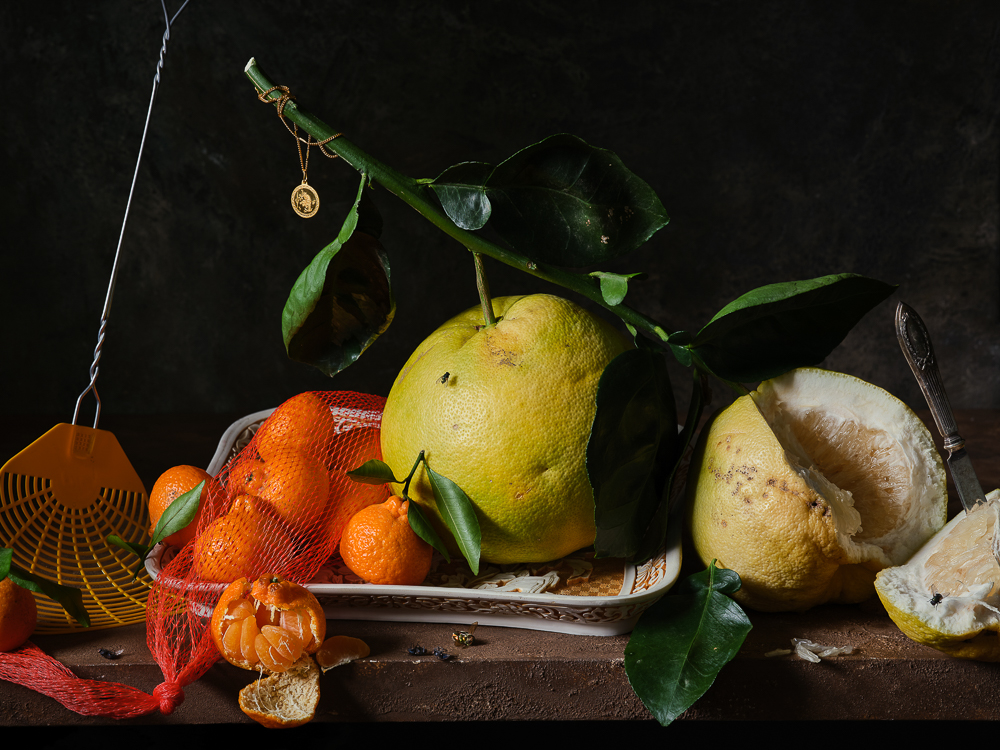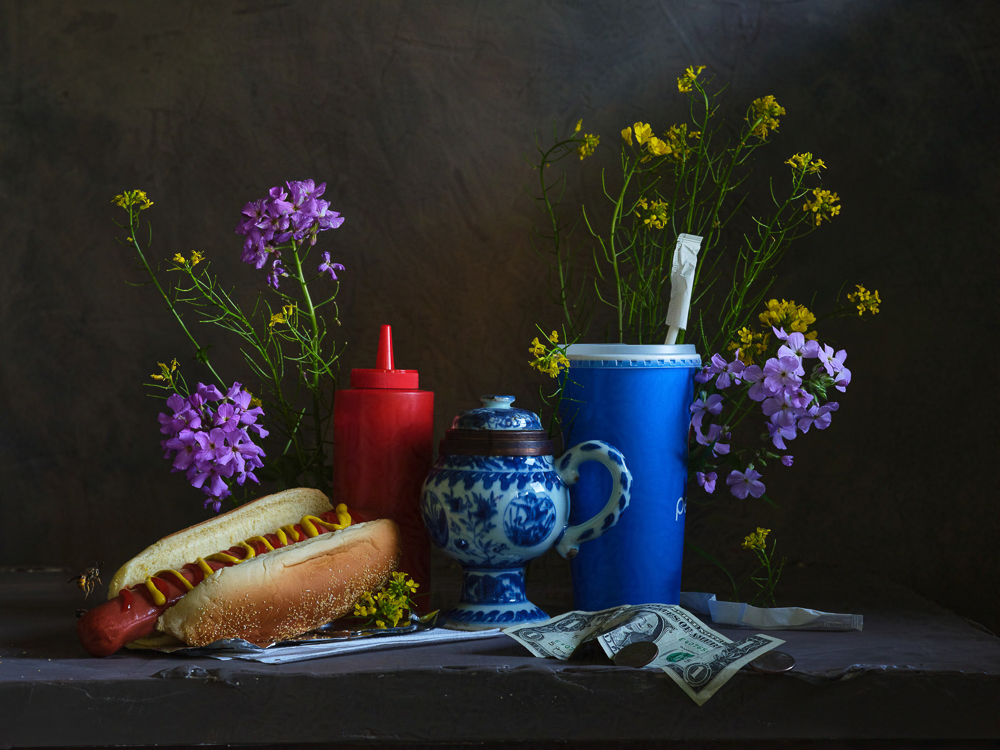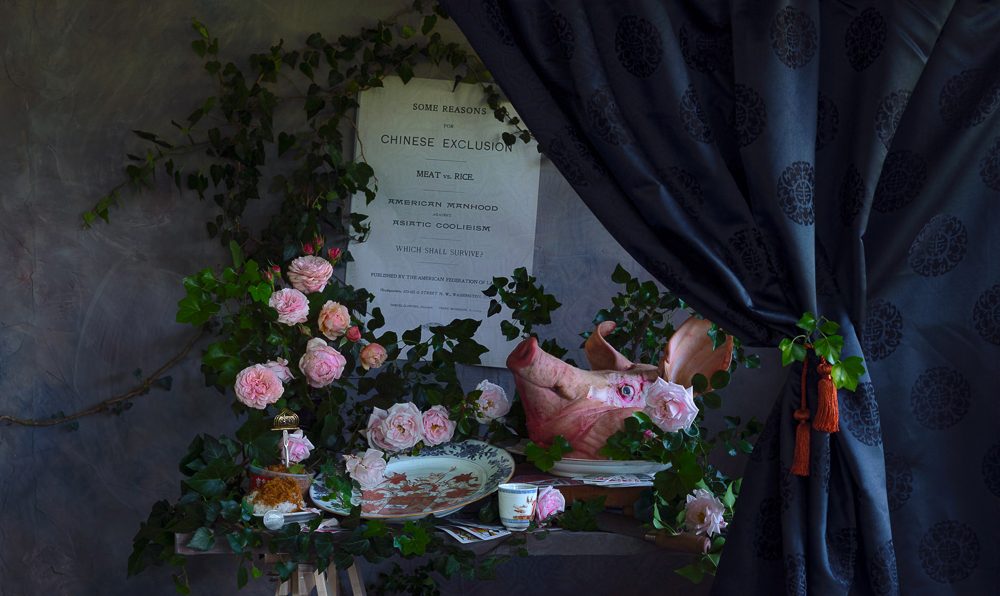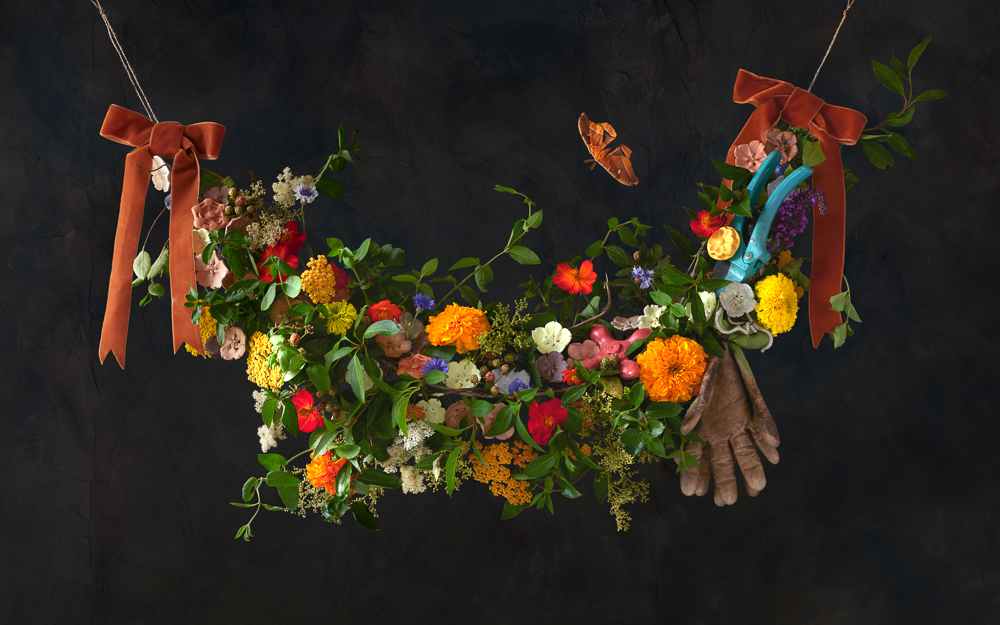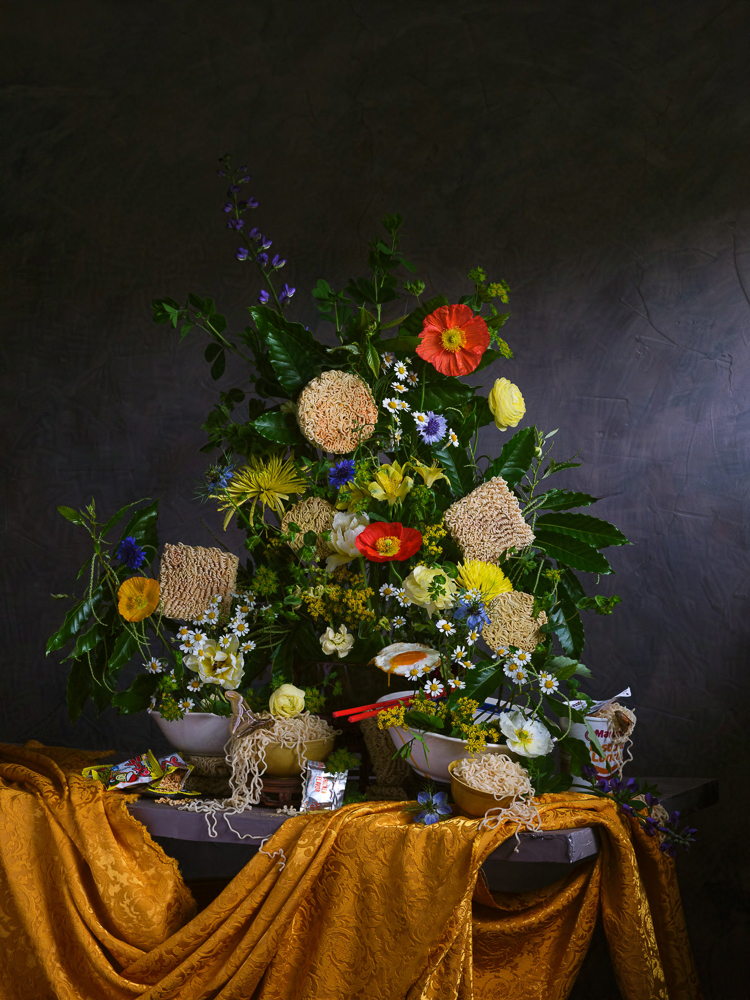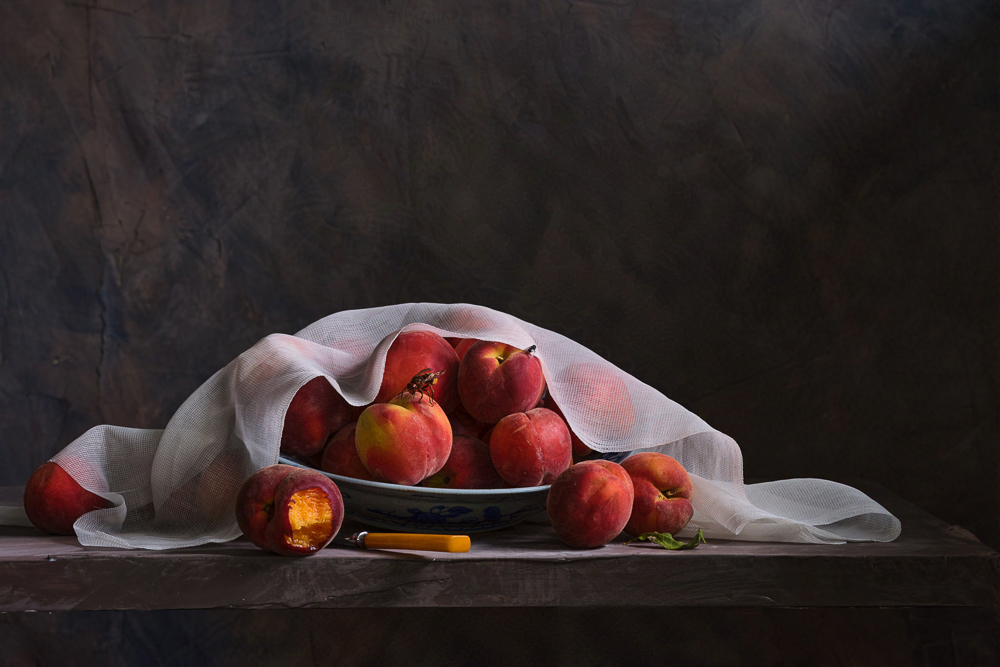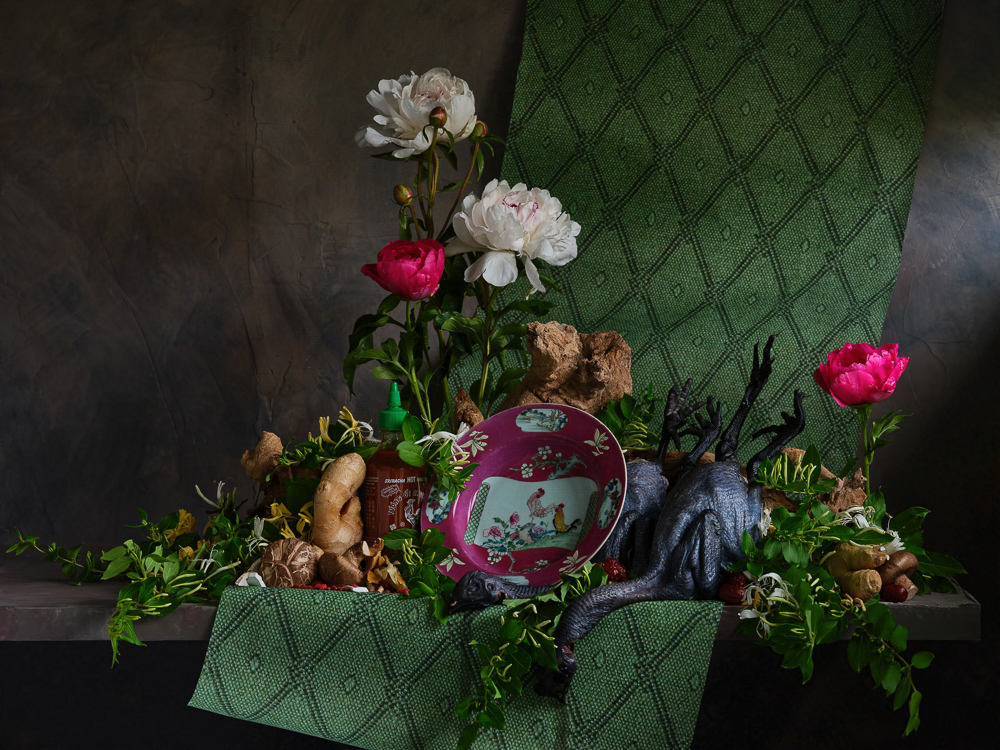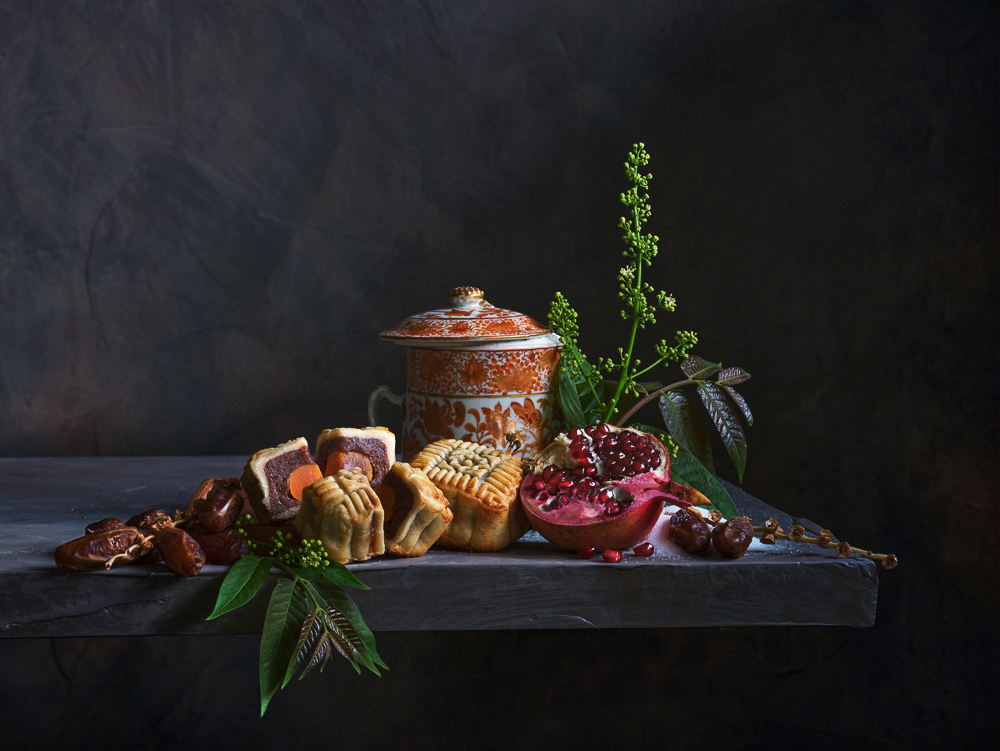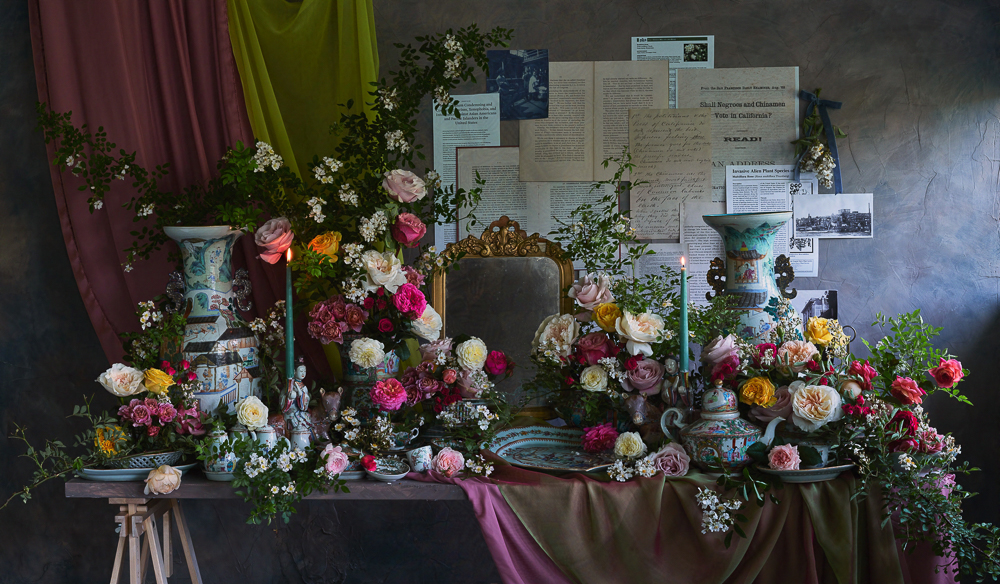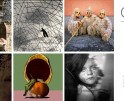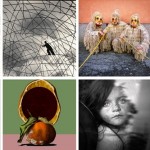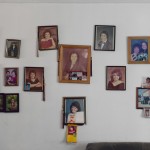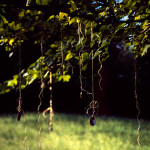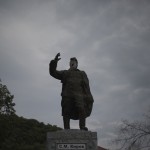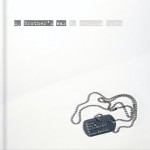Stephanie Shih: Flourish
Last December, I was surprised and delighted that the Los Angeles Center of Photography had created an award in my name: The Aline Smithson Next Generation Award for a Female Identifying Photographer (living and working in Los Angeles).
Driven by LACP’s mission to remove barriers for entry, this new award, is designed to empower and promote emerging, female identified photographic artists based in Los Angeles. The Aline Smithson Next Generation Award will invite a selected artist to create a solo exhibition at LACP and receive access to membership and professional development support. Should you want to contribute to this award, go here.
This Sunday, December 15th, our first recipient, Stephanie Shih, will open the exhibition, Flourish at the Los Angeles Center of Photography. The opening is from 11-1pm and will coincide with the LACP Holiday Party! I hope to see you there!
I’m not sure when I first met Stephanie Shih and her exquisite work, but I was immediately drawn to her practice that uses the genre of the still life to tell stories and explore personal and historical legacies with cultural references, beauty and humor. The tableaux are more than a collection of objects, arranged and shot with beautiful light. They are each layered stories that echo past and present histories. There is a freshness to her constructions that allows for a new consideration of how objects inform the viewer. As Shih states, “These long histories of symbology in still life build up visual languages that I get to now explore and play with in my own work, both scientific and artistic.”
Stephanie Shih (史欣雲) is a visual still life artist working in photo and multimedia installation. As a second generation Taiwanese-Chinese American, Shih explores themes of contemporary and historical cultural dynamics of the diaspora through her still life creations, drawing on her background in semiotics and cognitive science research to recode the symbologies of the still life canon. Shih has completed residences at the Oak Spring Garden Foundation (2024), Museums at Washington and Lee University (2023), and Joshua Tree Highlands Artist Residency (2022). Her recent solo exhibitions include Los Angeles Center of Photography, USC Pacific Asia Museum, and Museums at Washington and Lee University. Shih’s photography has been featured in outlets including Lenscratch, Gastronomica, Audubon Magazine, Buzzfeed News, and Los Angeles Times. Shih is from the San Francisco Bay Area and currently lives and works in Los Angeles. When not in the studio creating, she is a professor at the University of Southern California.
Instagram: @thisisshih
An interview with the artist follows.
Tell us about your growing up and what brought you to photography?
I grew up in a small suburb town of the Bay Area (California), tucked away behind the Berkeley Hills. I started making photographs with my dad’s half-frame camera on childhood road trips while he manned the family video camera–we were a little two-person documentary film crew. We visited a lot of national parks each summer, and my dad would teach me about composition and creation around these landscapes. But growing up in an immigrant Chinese household, art isn’t something that I was “allowed” to pursue formally, so I didn’t return to photography and art seriously until graduate school. At the time, I was making wedding cakes to help pay for expenses while in school, and something about the fantastical experience through food and imagery that one is able to create in each unique wedding cake drove me back to art. People started asking for photographs and recipes of my cakes, which very quickly made me realize that what I loved was more the creation of the imagery and much less the endless dishwashing of recipe testing.
You have been creating some remarkable still lifes, what drew you to this genre of photography?
As a fairly sheltered only child, I spent a lot more time with things than with people growing up, and so I’ve always been much more drawn to the stories and histories that objects can reveal to us about ourselves. There’s so much you can learn about a person by combing through the belongings that surround them, by understanding the objects that they carry and invite into their lives! Combined with my background in food and in science (see below), still lifes are the natural intersection of many of my little accumulated obsessions.
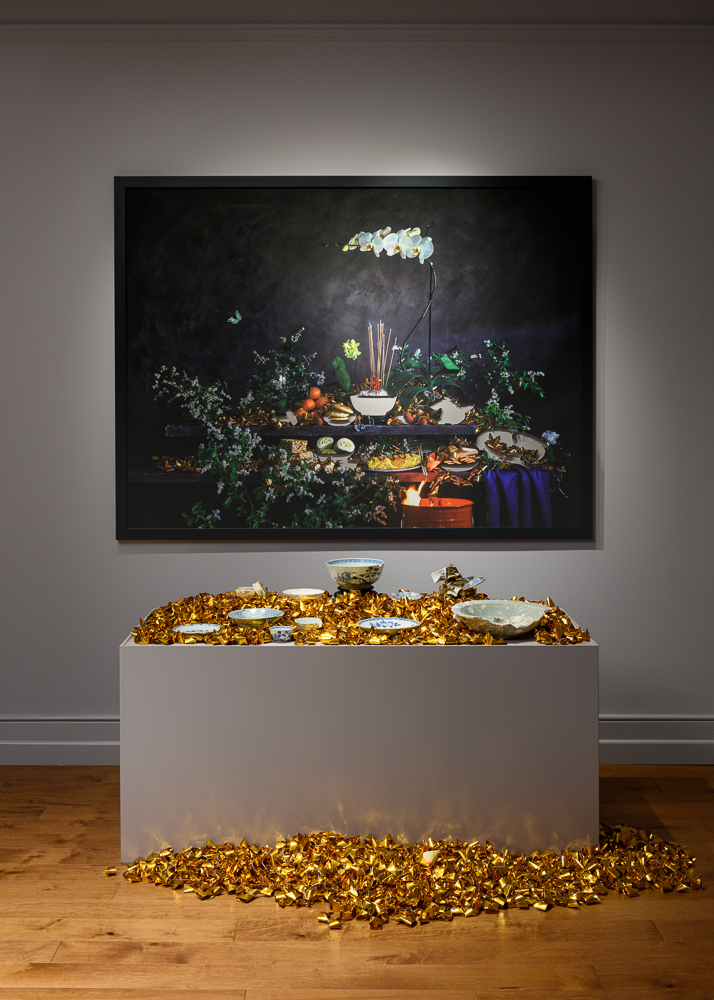
©Stephanie Shih. 掃墓 (For the Lost) (2023), from LONG TIME NO SEE at the Museums at Washington and Lee University. Installation photo by Shaun Roberts.
You are also a professor of Linguistics at the University of Southern California, does that practice intertwine with your photography practice?
Yes! I came to linguistics and cognitive science through an interest in semiotics–the study of signs and symbols and how we understand them. Language is made up of signs that we use to communicate and refer to real-world referents, but the interesting part is that the sign itself is different from the thing it signifies in the real world (that’s why we can get so many different words to refer to the same thing–for example, both sofa and couch are signs that refer to the comfy large seating often in your living room.) My research in linguistics investigates patterns of these signs and how we make in our minds relationships between linguistic patterns and things in the world that we experience and observe.
It’s for this reason that I’m so drawn to still lifes in my artistic practice. Still lifes are the one genre historically that comes absolutely loaded with symbolism, with signs in the art that communicate messages to the viewer. There are flies in classic European religious still lifes that symbolize mortality and decay in contrast to godliness. In historical Chinese art, rebuses–”visual puns”–were incredibly common: for example, the combination of peonies and roosters symbolize a well-wishing for achieving success because the words for peonies and roosters sound similar to the words for prestige, honor, and expectation. These long histories of symbology in still life build up visual languages that I get to now explore and play with in my own work, both scientific and artistic.
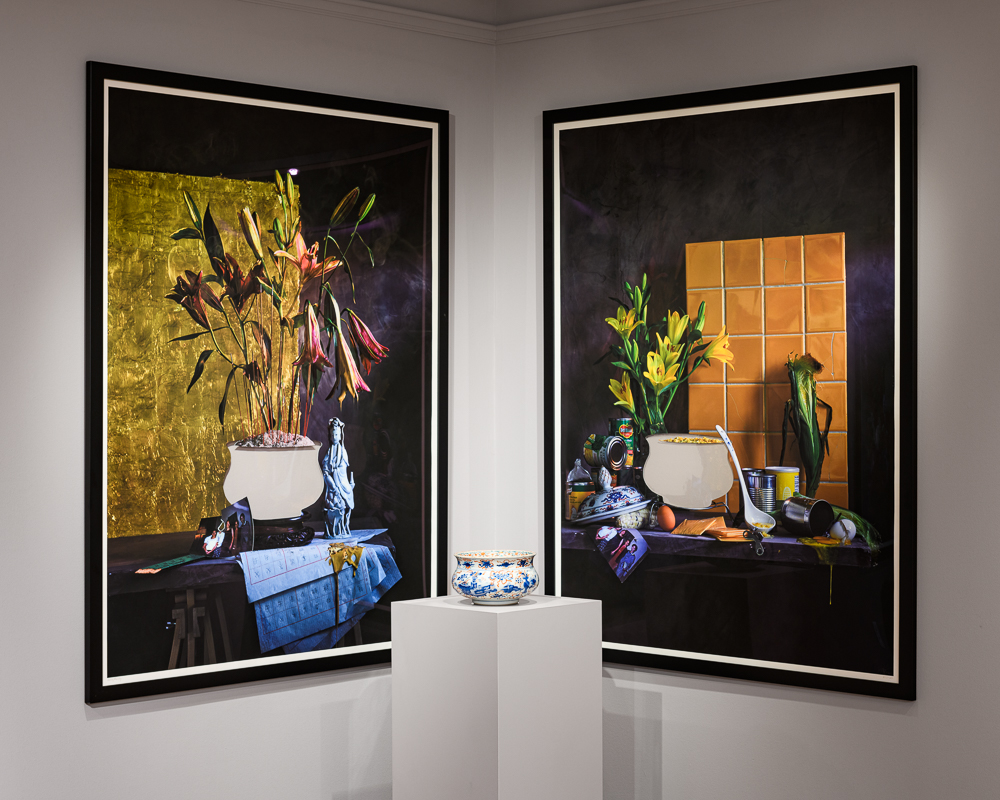
©Stephanie Shih. Gilding the Lily and Corn Soup (2023), from LONG TIME NO SEE at the Museums at Washington and Lee University. Installation photo by Shaun Roberts.
You have attended some amazing residencies, how do these experiences affect your work and thinking?
I’ve been so fortunate to have these residency opportunities! Each one has been so different and affected my work in unique ways. When I spent time at the Joshua Tree Highlands Artist Residency, I’d just reached a big milestone academically, and though I did end up working on several projects at the residency, it was more so an expansive time of exploring and experimenting (and learning how to let myself explore and experiment once more!). Elements of these experiments then made their way into a lot of my work over the course of the next several years. My subsequent residencies were very different in nature. At the Museums at Washington and Lee University, I was hyper-focused on producing a single project and spent every minute on just that one pursuit. The Oak Spring Garden Foundation residency was my first time in a residency cohort and it was an interdisciplinary residency, so there was much more time spent in outward facing interactions and conversations with fellow scientists, artists, and writers. One of the collaborative pieces that I worked on there, with Minnesota-based ceramics artist Juliane Shibata, will be at the LACP exhibition in December and came out of our long discussions about decorative arts, gardens, identity, access, and the intersection of the often “less-prestigious” arts of clay and photography.
How did the residency and the exhibition at the Museums at Washington & Lee come about? It’s truly exceptional!
LONG TIME NO SEE is the project and exhibition that I’ve spent the better part of the last two years working on with the Museums at W&L. The Museums house one of the major collections of Asian export porcelain in the United States–these are ceramics made in Asia (many in China) between the 1600-1900s that were intended for European and American audiences. How these ceramics are often talked about museologically tends to focus on how they were objects of value and who was wealthy enough to be able to collect them (and much less about the cultures and circumstances that the ceramics came from). The Director of Museums, Isra El-Beshir, wanted to change the conversation around the collection and invite contemporary artists to provide new and expanded contexts, which is how I ended up at the residency. Isra had seen a piece that I’d made previously responding to the Dutch delftware ceramics tradition, which draws heavily from Chinese ceramics influences, and asked if I’d be interested in working with the Museums at W&L’s export collection. It’s not often that one gets the *incredible* opportunity to intervene directly with historical objects, and I am so grateful that I got the chance to do so. The residency itself unfolded in several parts: I spent 2 weeks on a research trip to the Museums to learn about the collection and talk with curators and registrars about working with the ceramics, then there were several months of research and planning remotely, and I returned to the Museums for 6 weeks to create and photograph all of the still lifes with the museum objects. (And then it was another year of creating the final exhibition and catalogue!)
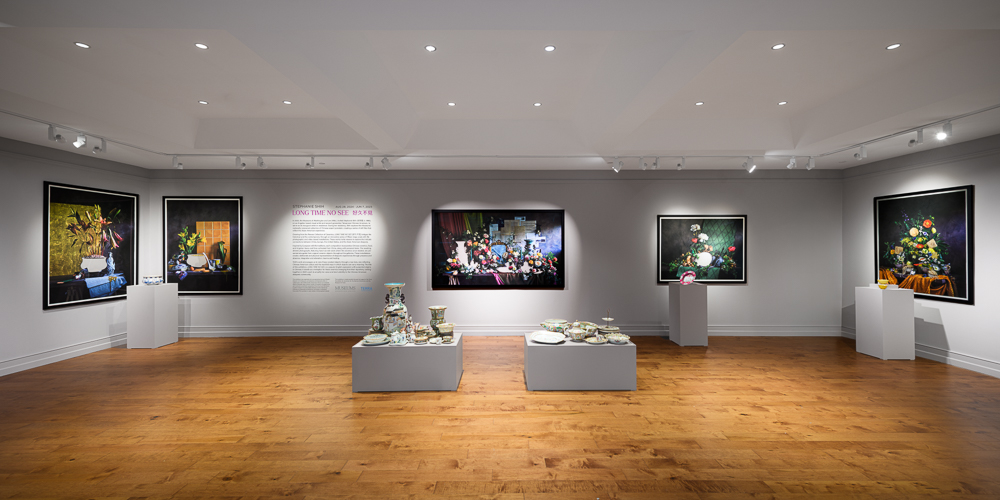
©Stephanie Shih: LONG TIME NO SEE at the Museums at Washington and Lee University. Installation photo by Shaun Roberts.
Tell us about the exhibition!
LONG TIME NO SEE (好久不見) is a series of photography- and motion-based still life installations that delve into the complexities of the diasporic experience in America: presence/absence, integration/alienation, trauma/healing. The project mines the Asian export porcelain collection at the Museums at W&L, drawing pieces from before the first major waves of Asian immigration to the U.S. in the 1800s through the early 20th century. In the exhibition, I directly intervene in the ongoing biographies of these export ceramics—themselves also members of the diaspora—and create layered conversations with archival materials, personal experiences, art and cultural histories, and the natural world around southwestern Virginia, where the ceramics now reside.
For the exhibition, I took the prints that I made of the still life photographs and cut out all of the ceramics, so that there are gaping holes in each of the photographs (where you see through to the wall!). Then, we installed the actual museum objects–the ceramics–in front of each of the photographs in the exhibition. This multimedia experience, where you see the actual ceramic and then its still life context from which it was removed, is ultimately a physical metaphor for presence and absence. I wanted to ask viewers at the exhibition to actively participate in the (re)importation of the object into its context and in doing so, to confront the challenges of recovering wholeness in the face of history. Much of the diasporic experience involves grappling with the continued amputation of the context of our origins, histories, and cultural practices when we are perceived as cultural “others” in American society. In weaving together historical and contemporary Asian American experiences, this project celebrates a transfer of narrative agency and power to diasporic voices.
The exhibition is on view at the Museums at Washington and Lee until 7 June 2025, so please go see it in person if you are in Virginia or nearby! Link to exhibition and catalogue: https://museums.wlu.edu/shih
I’m so thrilled to have you as the 1st recipient of the Aline Smithson Next Generation Award! Can you share the focus of your exhibition at the Los Angeles Center of Photography (as part of the award)?
I am so honored to receive this award–thank you so much to you and LACP!
My exhibition at LACP, titled 欣欣向荣 𝕱𝖑𝖔𝖚𝖗𝖎𝖘𝖍, is a collection from bodies of work I’ve done over the past 5 years. In particular, the exhibition draws pieces that focus on collaboration–with fellow contemporary Asian American artists and creators, with historical archives, or with ghosts of my own personal past. Collaboration has been a major cornerstone of much of my work because it’s one way I feel like I can contribute to building communal histories together.
The other thing I wanted to do with 𝕱𝖑𝖔𝖚𝖗𝖎𝖘𝖍 was to inject some of the cacophony of real life into what often is a white cube space in contemporary art. So often the cultural and personal traumas of culturally-othered persons are diminished and neatly circumscribed to fit into institutional spaces–I wanted to dedicate the exhibition instead to celebrating the uncontainable presence of our narratives.
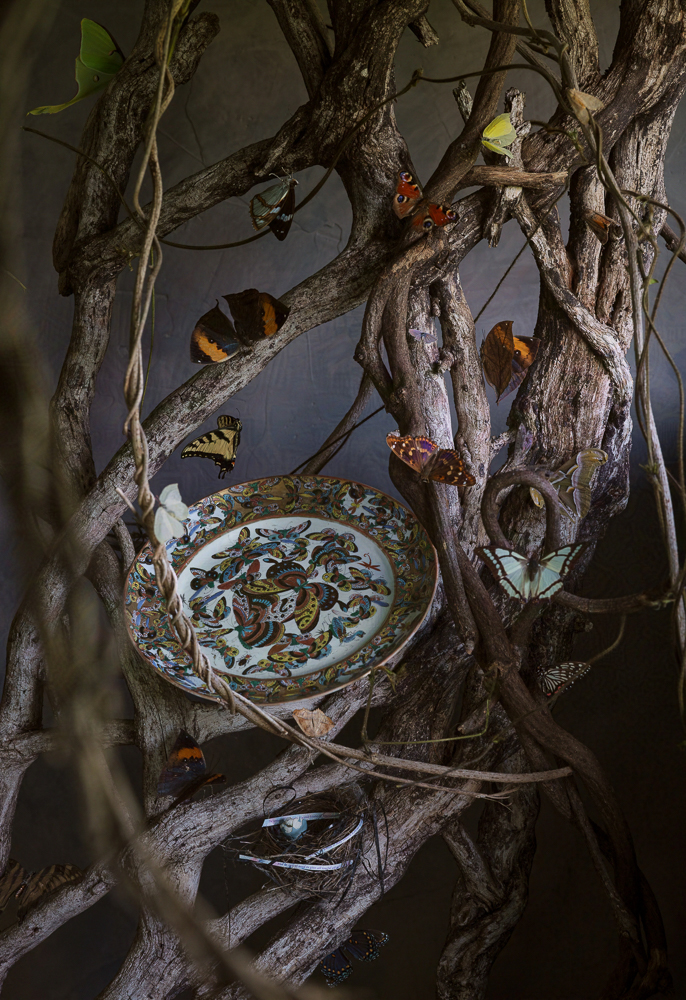
Stephanie Shih. The Secretary of State of the United States of America hereby requests all whom it may concern to permit the citizen of the United States named herein to pass without delay or hindrance and in case of need give all lawful aid and protection (The Butterfly Piece) (2023), from LONG TIME NO SEE.
Posts on Lenscratch may not be reproduced without the permission of the Lenscratch staff and the photographer.
Recommended
-
Arnold Newman Prize: C. Rose Smith: Scenes of Self: Redressing PatriarchyNovember 24th, 2025
-
Celebrating 20 Years of Critical Mass: Cathy Cone (2023) and Takeisha Jefferson (2024)October 1st, 2025
-
Celebrating 20 Years of Critical Mass: George Nobechi (2021) and Ingrid Weyland (2022)September 30th, 2025
-
Celebrating 20 Years of Critical Mass: Amy Friend (2019) and Andrew Feiler (2020)September 29th, 2025
-
Celebrating 20 Years of Critical Mass: Jennifer McClure (2017) and JP Terlizzi (2018)September 28th, 2025

